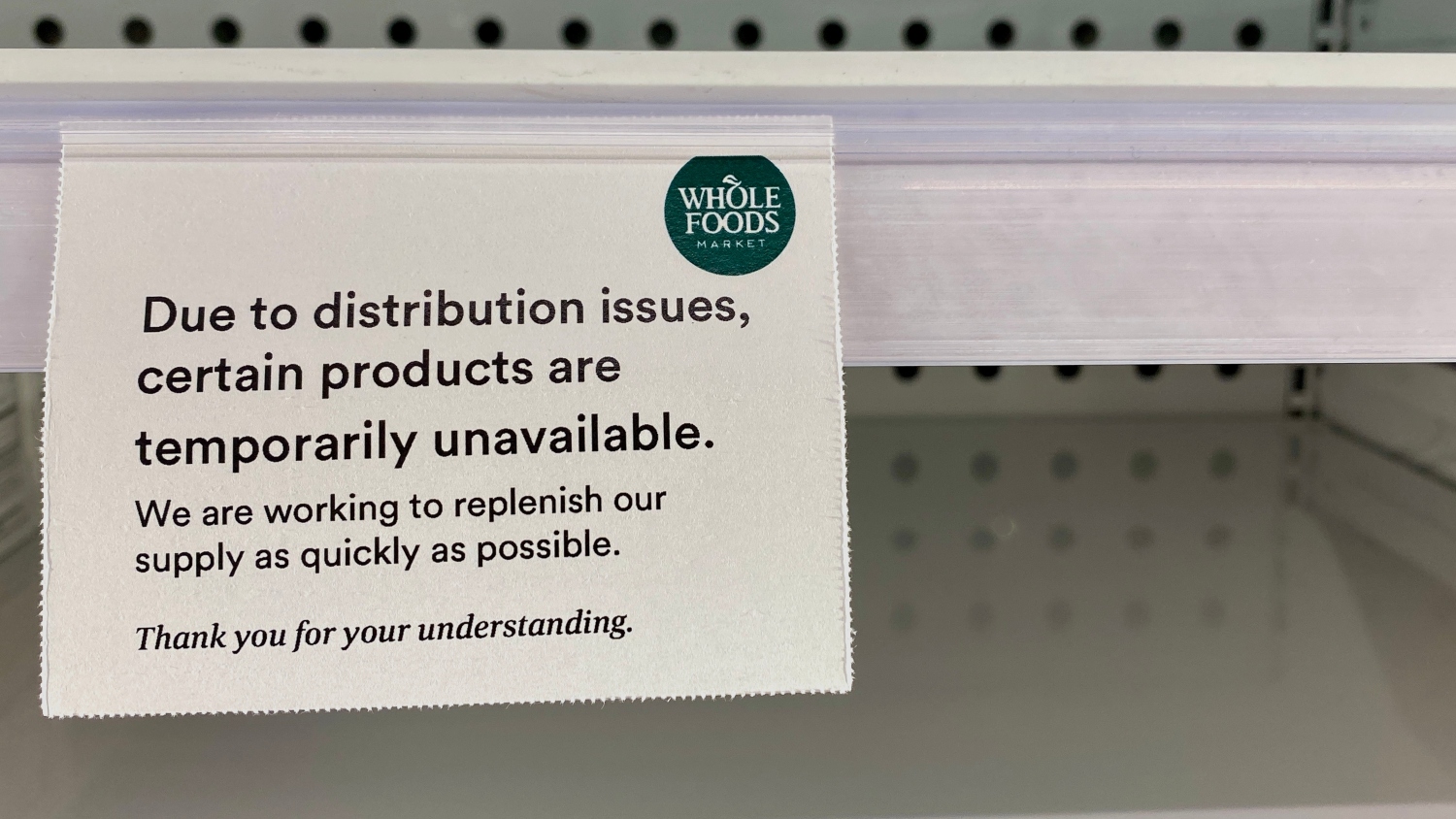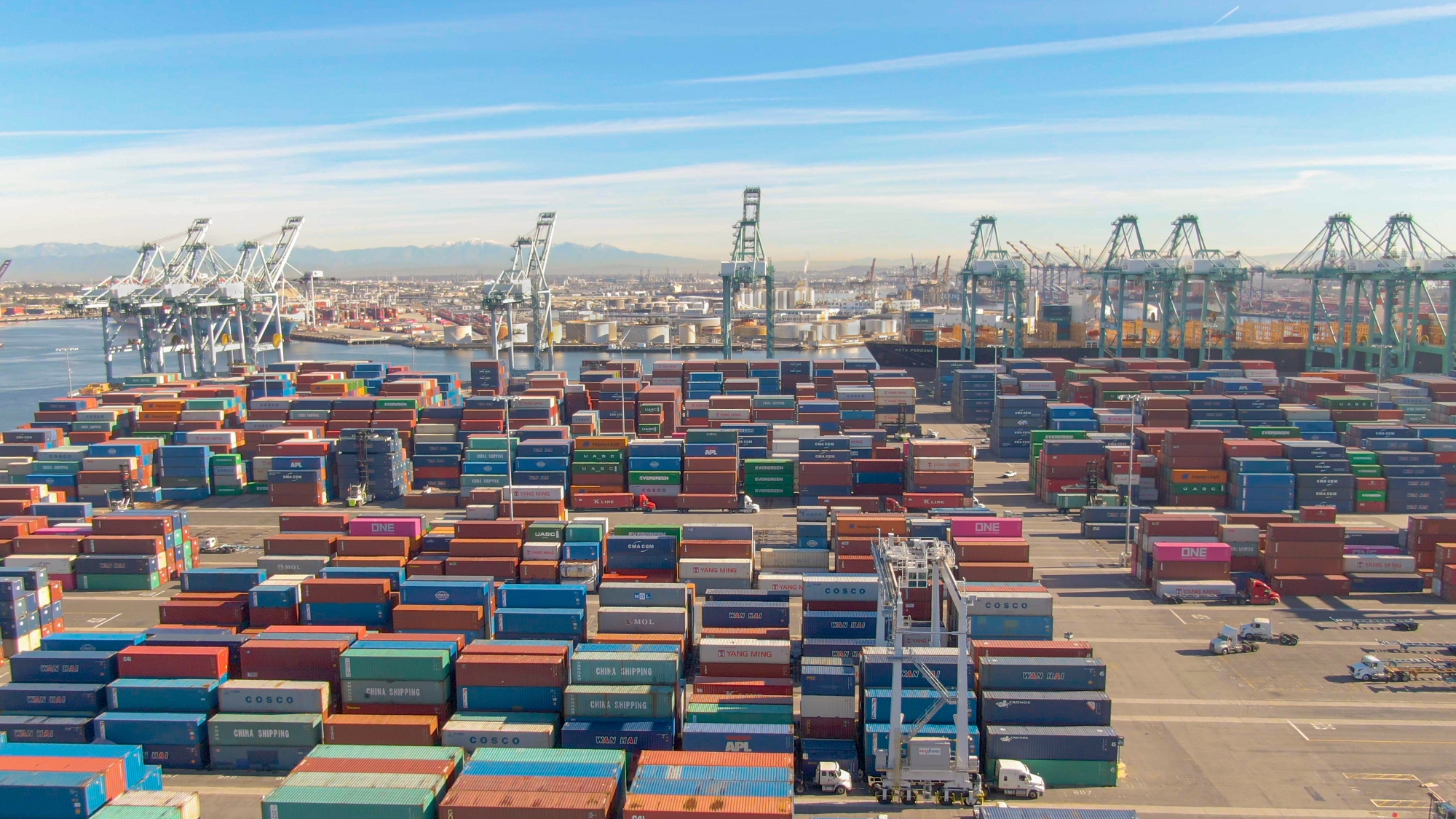The Logistics of the Relief Supply Chain: Help for Tsunami Victims
The recent tragedy suffered by the coastal nations along the Indian Ocean has realigned priorities and helped many of us to understand how lucky we are, even facing our worst daily problems. Looking specifically at the field of supply chain management, common daily logistical issues involve finding the best 3PL or 4PL providers, loading trucks most efficiently, and squeezing any additional costs possible out of the process. It is taken for granted that the roads will be there, ships can dock and airplanes can land.
Logistics
As relief pours into the tsunami-stricken nations, United Nations Secretary General Kofi Annand has said that the biggest challenge is the logistics of getting it to those who need it most (1). The infrastructure of roads, ports, and communications was completely decimated by the tsunami. Michael Elmquist, head of the U.N. disaster relief operation in Indonesia, says it normally takes about two weeks for an aid operation to begin running smoothly. The lack of infrastructure will result in a longer window (2).
Logistics professionals have been in high demand, and are making do with what they can. Some are able to communicate using cellular and satellite phones. Organizations are not using complicated inventory models to track distribution of supplies, but instead use a simple Excel spreadsheet (3).
Some examples of challenges faced in the logistics of relief include:
- The United Parcel Service (UPS) has been unable to land its planes in certain areas, not due to a lack of runway, but due to the size of the runways (3). Many are not wide enough to handle the larger aircraft typically used to airlift supplies in.
- Many roads have been washed away, making ground transportation impossible. Some supplies have been airlifted in, using helicopters.
- In some locations, even helicopters could not land because of the influx of people to the landing pad waiting for relief. Relief workers could only drop supplies in these cases (4).
- The hitting of a cow on the runway in Banda Aceh closed airport traffic for hours.
Adding to the challenge is the fact that there were eleven countries affected by the disaster. While some were not nearly as hard hit as others, each presents its own set of challenges and relief organizations must consider the needs of each area.
Communications
Communication has been a challenge. In a rush to provide everything they can, many donors fly relief supplies directly to the stricken countries. The problem is that aid groups do not know what has been sent until they open the airplane, making it difficult to prepare transportation and other details (2). Without telecommunications, reaching transportation providers requires taking away manpower from other areas, just to deliver messages.
Given the life and death situations faced by the affected areas, logistics professionals and aid agencies continue to overcome the many challenges in the relief supply chain.
References
(1) “As pledges for tsunami victims top $1.1 billion, Annan says logistics is biggest challenge.“ UN News Center. December 31,2004.
(2) Perry, Michael. “Logistics nightmare as aid arrives.” Reuters. 1/1/2005.
(3) Dignan, Larry. “Tricky Currents; Tsunami relief is a challenge when supply chains are blocked by cows and roads don’t exist.” Baseline. Jan 2005
(4) Hattori, James. “Geography and Logistics confound Relief.” NBC News. January 3, 2005.
- Categories:


